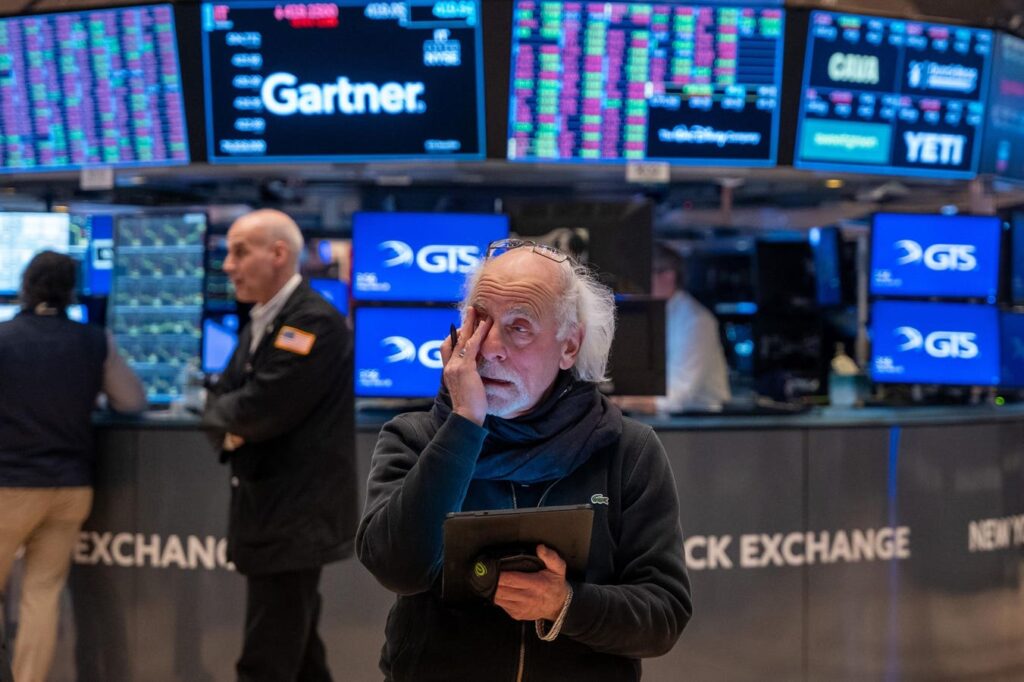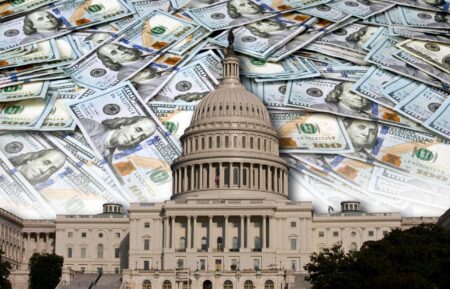President Donald Trump formally declared “Tariff Liberation Day” this week—and with it, a seismic shift in U.S. trade policy. The newly signed Executive Order, issued April 2, 2025, imposes a blanket 10% tariff on all imports, with elevated country-specific duties—34% for China, 46% for Vietnam, 24% for Japan and 20% for the European Union. The justification? Persistent trade imbalances that, in the President’s view, pose an “extraordinary threat” to America’s national and economic security.
While the stated goal is to level the playing field and reignite domestic manufacturing, I’d be remiss not to acknowledge the risks. Tariffs are, after all, a tax. Companies reliant on global supply chains may see costs rise, margins compress and profits shrink. Consumers, too, may feel the pinch as prices adjust to reflect a new reality of reduced foreign competition, not to mention tariff-cost pass-alongs. And if retaliation comes—as it often does—the consequences could be global in scope.
Investor sentiment had already soured going into the announcement. This week’s sentiment survey from the American Association of Individual (AAII) revealed that just 21.8% of respondents identify as bullish, while a whopping 61.9% call themselves bearish.
That’s among the most pessimistic readings in the 38-year history of mood m0notoring on Main Street. In fact, there have been only two other weekly tallies since 1987 that were more Bearish. The first of these was on October 18, 1990, during the first Gulf War, and the second was March 5, 2009, four days before stocks bottomed during the Great Financial Crisis. There are never any guarantees that history repeats, but the six-month forward returns for the broad-based Russell 3000 Index were 32.1% and 52.7%, respectively.
Perspective Matters
I’ve often said that volatility is the norm, not the exception, and history is replete with scary headlines that ultimately proved fleeting for those with patience and discipline. Our research at The Prudent Speculator has tracked the S&P 500’s response to 20 major market shocks since 2010—from the European debt crisis to Brexit to COVID to the first Trump Trade War. The results?
- +3% average return after three months
- +15% after one year
- +75% after five years
- +200% total return to present
That’s not to suggest tariffs won’t hurt. The economic path ahead is murky, and it’s entirely possible we see an earnings recession—or worse. But I’ve always believed that market bottoms are made not when skies are blue, but when fear is greatest. And with investor sentiment this bleak, I can’t help but feel we’re closer to opportunity than calamity.
The key, I believe, is selectivity. Not all stocks will weather the storm equally, but undervalued, dividend-paying companies—particularly those with strong balance sheets and a track record of prudent capital discipline—are well-positioned to navigate the turbulence. And unlike macro headlines, dividends pay investors to wait.
We’ve been down this path before. In 2018, the original round of tariffs led to handwringing, volatility and ultimately, a strong recovery. Could this time be different? Of course. But I’d argue that abandoning a long-term investment plan now—just as others are panicking—would be doing precisely what history suggests we should avoid.
As always, I’ll be sticking to time-tested principles: stay disciplined, stay invested and lean into value when others run from it.
Disclosure: Please note that shares of the stocks mentioned are owned by asset management clients of Kovitz Investment Group Partners, LLC, a SEC registered investment adviser. For a list of stock recommendations like these made in The Prudent Speculator, visit theprudentspeculator.com.
Read the full article here











